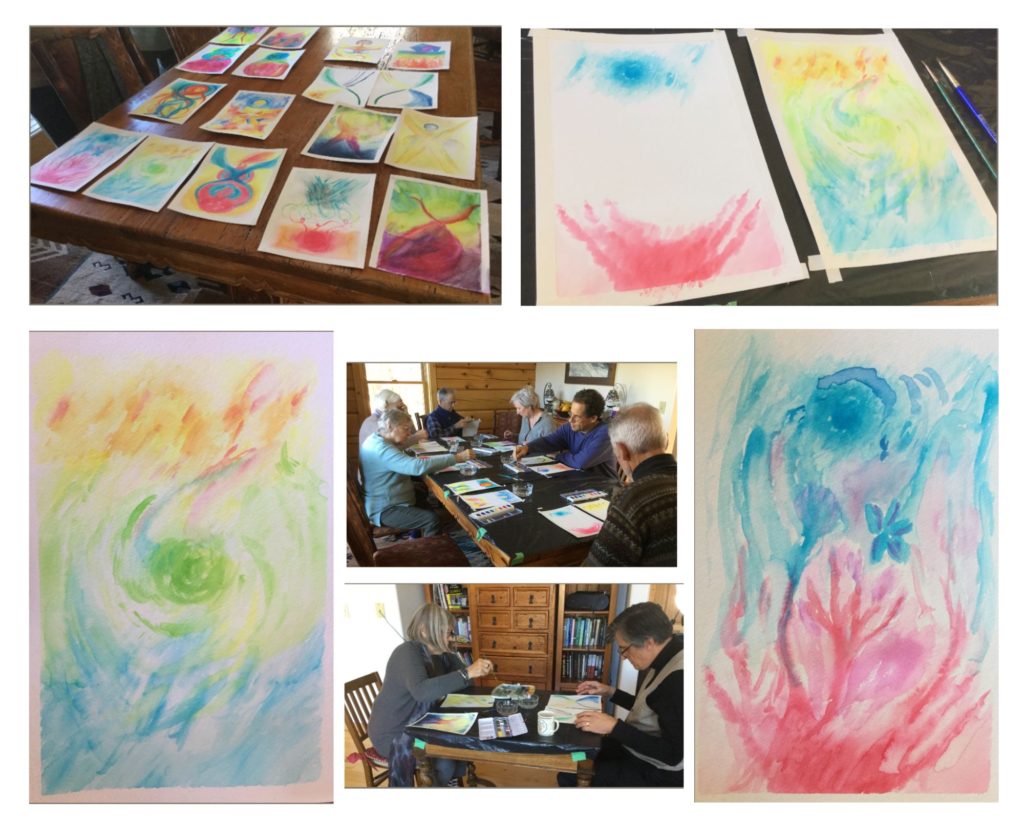
pedagogical section newsletter
november 2019
Dear Colleagues and Friends of the Pedagogical Section:
The Pedagogical Section Council (PSC) just completed its meeting in Fraser, Colorado, and mapped out plans for the year. We heard reports from the Waldorf 100 celebrations in Germany (see below) and collaborated once again with Adam Blanning MD on questions at the intersection of pedagogy and medicine. We also continued our study of Study of Man, working with Laura Radefeld on the middle lectures (6-9) using eurythmy as our means of exploration. Frances Vig had us painting the threefold human being once from the perspective of consciousness (wakeful in the thinking, asleep in the will, dreaming in feeling) and once from the perspective of the body (head most physical, limbs most saturated with spirit, ribcage in between). See images.

Some of the PSC Members in Colorado 2019 from top left to right:
Michael Holdrege, Chicago WS, IL
Ina Jaehnig, Denver WS, CO
Jennifer Snyder, Sacramento, CA
Frances Vig, Chicago WS
Douglas Gerwin, Center for Anthroposophy, Amherst, MA
Elan Leibner, Chairman, Hopewell, NJ
James Pewtherer, Amherst, MA
Betty Staley, CA
Laura Radefeld, Green Meadow WS, Spring Valley, NY
Holly Koteen-Soule, Seattle, WA (not pictured)
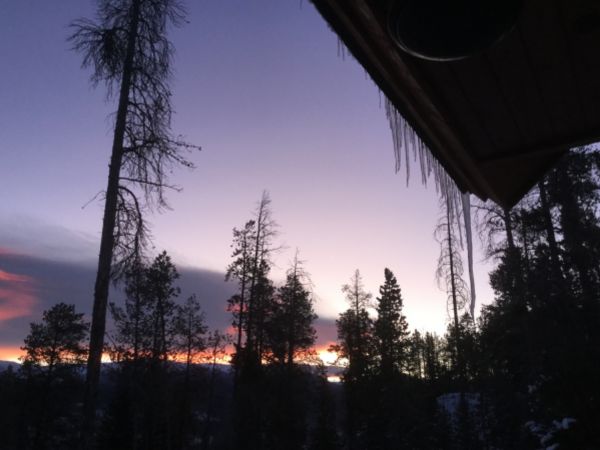
Before Sunrise in Fraser, Colorado
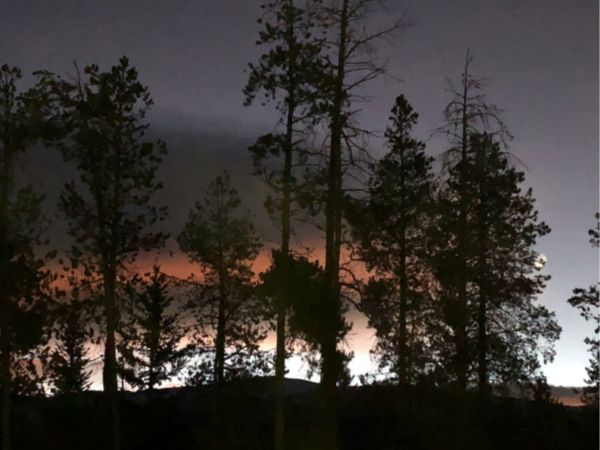
Moonrise in Colorado
Parallel with these lectures, we worked with Lesson 8 of the First Class under Ina Jaehnig’s guidance. I would again encourage all of you to seek the connections between our professional path (Study of Man and other pedagogical guidance including the PSC’s own publication Entry Points) and the purely esoteric guidance of
the Class Lessons. There is an incredibly rich potential in the confluence of these complementary paths.
We would like to suggest a few themes aspossible research questions for this year:
The first, which will also be the subject of our Section conference in Chicago in June 2020, is the pedagogical responses to screen addiction and the suppression of fever-inducing illnesses.
The reality of Waldorf schools in California and New York, and, in all likelihood, the reality that schools everywhere will face in the coming years, is that unvaccinated children will not be allowed to attend schools. While efforts to rescind or ameliorate the laws that have been enacted are ongoing, realistically we have to allow that those efforts are unlikely to turn the tide. This means that the beneficial fever processes, transformative and essential for overcoming the inherited body, will not be available to children.
What, then, can we do as pedagogical processes to replicate the transformational gesture of fever? The PSC worked with Dr. Adam Blanning to understand the specific gesture of each childhood illness, and we will continue to look at these and seek for practices that can support children who are prevented from having these experiences. In the form of a tweet-length call for action: seeking examples of pedagogical (in place of physiological) fever experiences.
In a similar vein, screen addiction is no longer a genie that we can hope to put back in the bottle. Parents, children, and even teachers are hooked to their devices and will not be unhooked in the foreseeable future. The completely one-sided stimulation of the sense of sight, at the near exclusion of most other senses, has serious and long-listing implications. What are the pedagogical consequences? How shall we bring to our students the necessary sensory development in order to compensate for what their iPad does not allow? Are there new programs awaiting development that will augment the already rich multi-sensory curriculum we have offered for 100 years in light of the specific plight of this moment in time?
A third thread came to us as a specific question from the leadership of AWSNA: Pedagogical Leadership. Schools across the continent have been experimenting with various models of governance and leadership, and often they turn to AWSNA for guidance on best practices. While administrative questions tend to be the focus
of their enquiries, pedagogical considerations have not been researched with sufficient clarity to date.
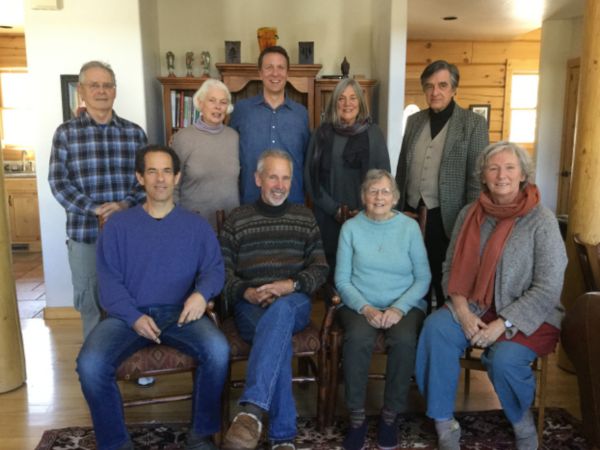
Dr. Adam Blanning meets with the PSC in Fraser, CO
We suggest a few guiding questions:
1. Leadership vs management: it is one thing to manage the day-to-day life of the school and respond to crises as they arise, quite another to give direction and intentionality to the school in the sense of attending to its relationship with the Third Hierarchy.
2. Mentoring vs evaluation: schools need to be clear which processes are evaluative and which are designed to support teachers. Inevitably there will be overlap, especially if a periodic evaluation is done as a matter of protocol rather than when an actual question arises as to the suitability of a teacher, but it is useful to be clear about the framework of a classroom visit: is the intention to help the teacher grow, or to reassure the school that the teacher is competent?
3. Individual vs collaborative leadership: which aspects of leadership are best given to an individual? To a small team? To a larger group? There is no set answer that can be applied in all situations, because answers must take account of the individuals present in each specific situation. Nevertheless, thesize of the body deliberating and/or deciding on questions has universal attributes that are best made conscious. This isn’t simply a matter o assigning responsibilities, but also of acknowledging the limitations of the chosen structure and agreeing to support the leadership and hold it accountable in light of the path that was chosen. Every
structure and every group has qualities that can serve the group and liabilities that may raise difficulties, and the whole group needs to “own” the situation.
I hope that these questions will feel enticing enough for each of you to take up one or more of them. The pictures that are given to us in the lessons of the Class can offer inspiration as we rise to meet the challenges of our time without fear, anger, or doubt. Powerful forces work to undermine our efforts, but greater forces still are ready to
support us.
Happy Thanksgiving, and warm wishes for a fruitful transition into the winter months and holidays.
Elan Leibner,
Chairperson for the PSC
Report fom the June 2019 Pedagogical Section Conference:
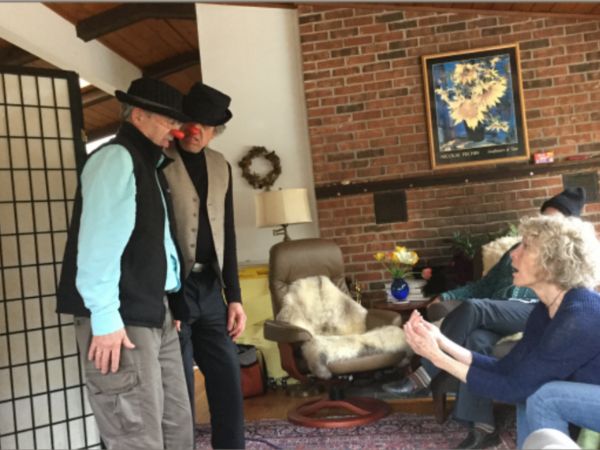
In the most recent Pedagogical Section conference we worked with the world of gesture. While we briefly discussed language, we chose to focus on gesture in movement choosing two of its expressions, eurythmy and clowning. Both forms of movement require us to centre ourselves as individuals while being able to work and move together in a group. They also require us to be focused, creative, forgiving, and willing to laugh at ourselves as we sometimes stumbled our way into creating something new out of the cooperative work of a group.
We divided ourselves into two groups and our each group experienced both forms of movement at different times. One group worked with Laura Radefeld on creating a group form for a poem in eurythmy, while the other was working on clowning with Angie Foster. While most of us had done eurythmy before it was challenging work to create a eurythmy form to the verse Laura gave us. In an hour and a half, after much trial, error and discussion with Laura, we developed a form that we could move harmoniously. Out of the sound of the poem came the movement, and out of the movement came the form.
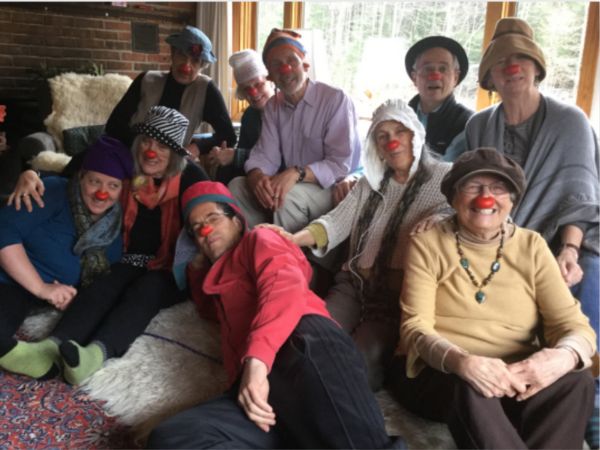
PSC in April 2019 Clowning with Angie Foster
Clowning was new to most of us. When we entered the clowning space we saw such a wild variety of hats and scarves that we were already in the mood to dress up and become someone else. While some of us were daunted at the thought of making fools of ourselves, at least we knew we were doing it on purpose. Angie stressed the importance of the red nose, and that the placement of it needed to happen when your back was turned away from the audience. There really was something oddly freeing about this little sphere of red in the middle of the face as we capered our way through the variety of scenarios she gave us.
While our time together was short we did have time and the opportunity to share our experiences and deepen our understanding of the place these distinct experiences can have in our schools. ~Frances Vig
Artistic Study Inspired by the Threefold Human Being led by Frances Vig:
Clowning was new to most of us. When we entered the clowning space we saw such a wild variety of hats and scarves that we were already in the mood to dress up and become someone else. While some of us were daunted at the thought of making fools of ourselves, at least we knew we were doing it on purpose. Angie stressed the importance of the red nose, and that the placement of it needed to happen when your back was turned away from the audience. There really was something oddly freeing about this little sphere of red in the middle of the face as we capered our way through the variety of scenarios she gave us.
While our time together was short we did have time and the opportunity to share our experiences and deepen our understanding of the place these distinct experiences can have in our schools. ~Frances Vig

Frances Vig had us painting the threefold human being once from the perspective of consciousness (wakeful in the thinking, asleep in the will, dreaming in feeling) and once from the perspective of the body (head most physical, limbs most saturated with spirit, ribcage in between).
